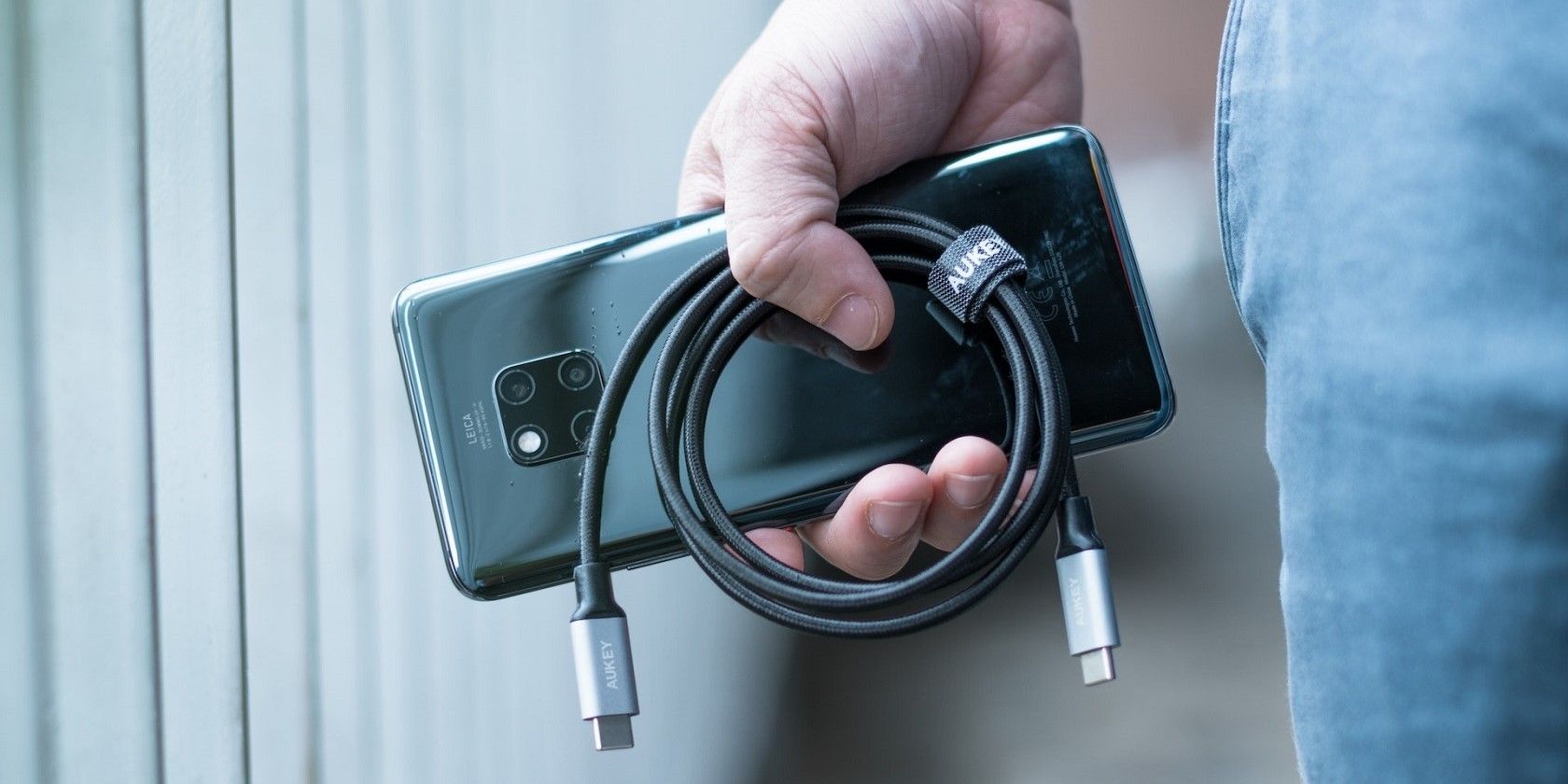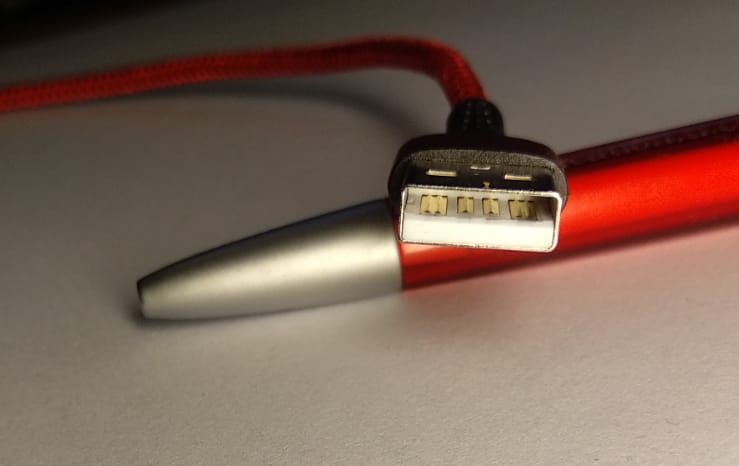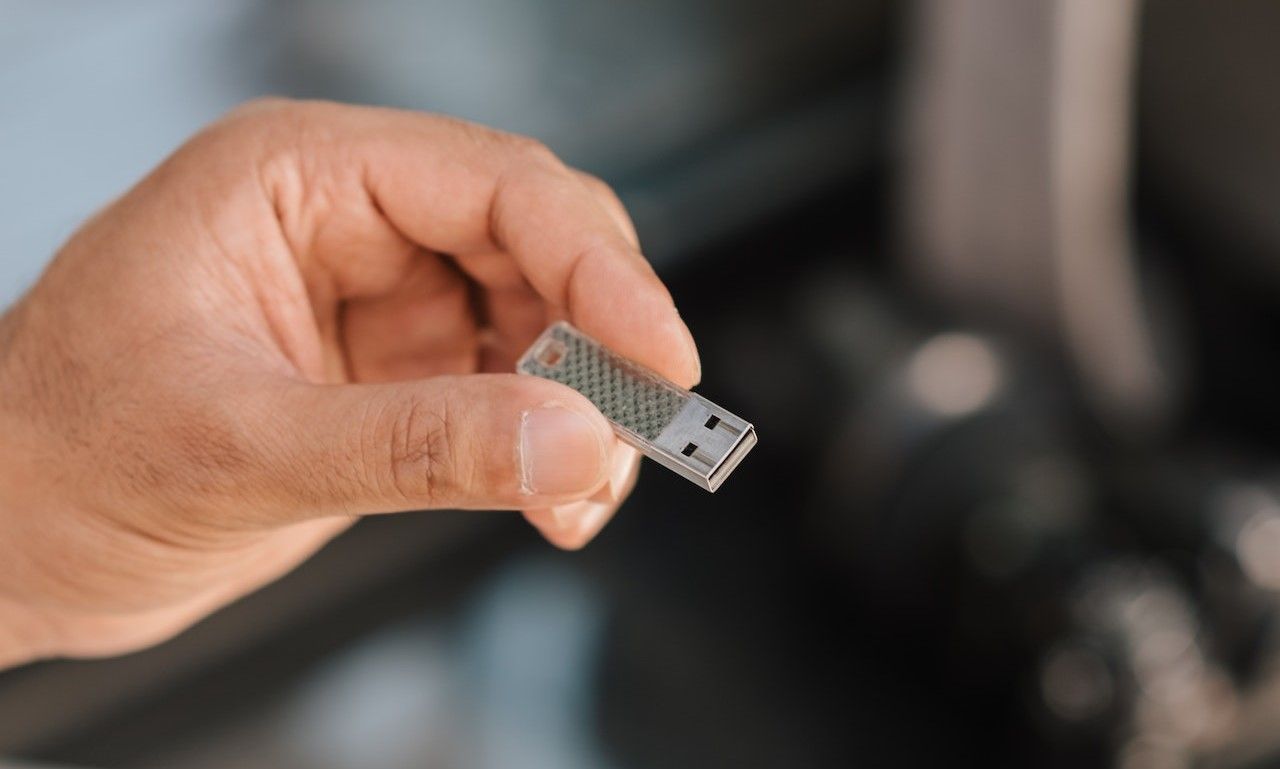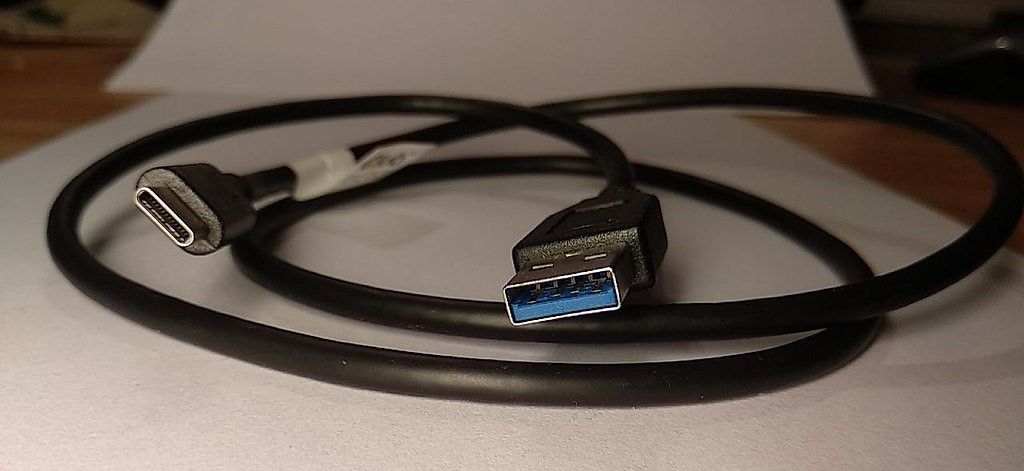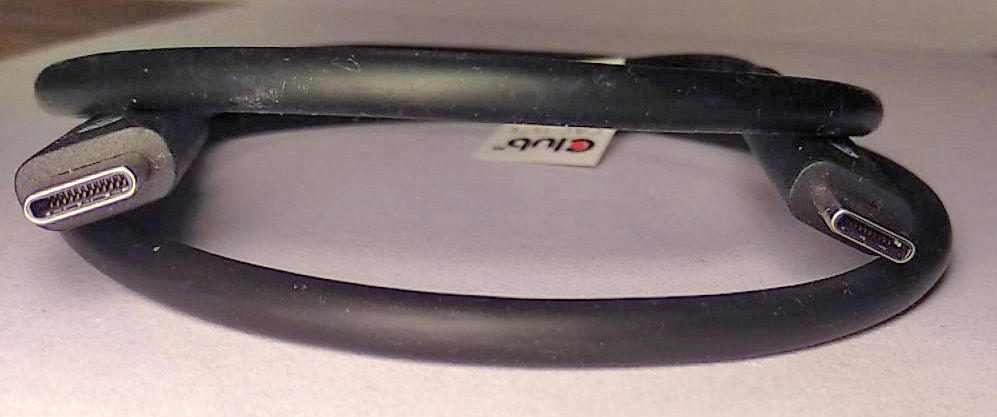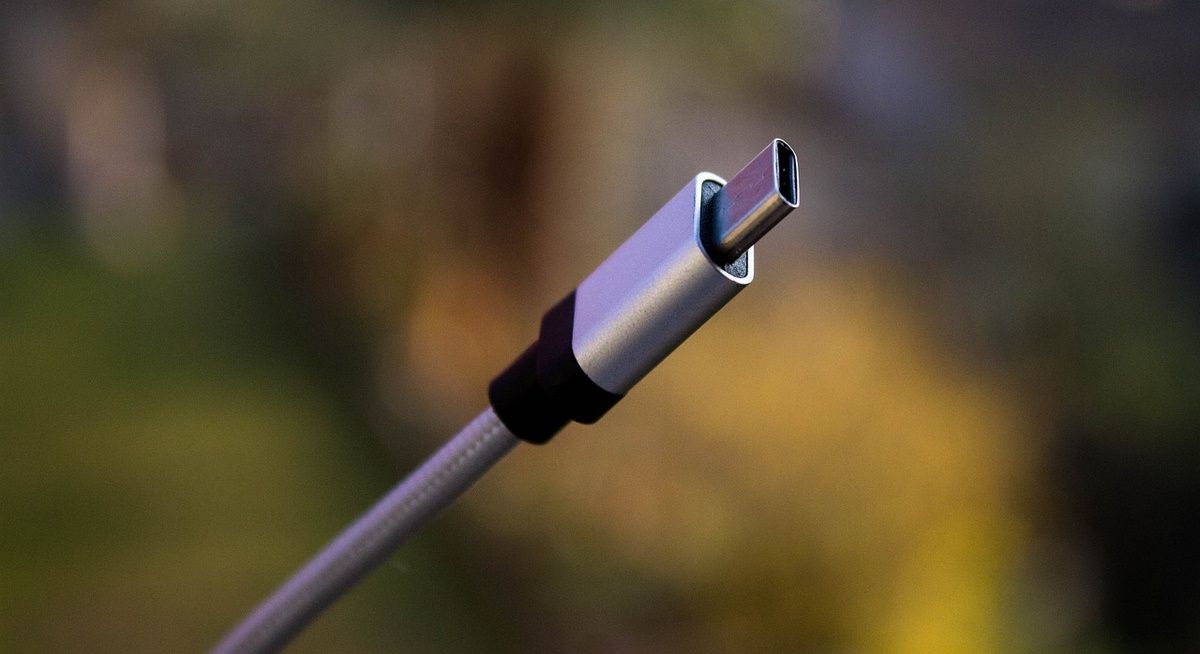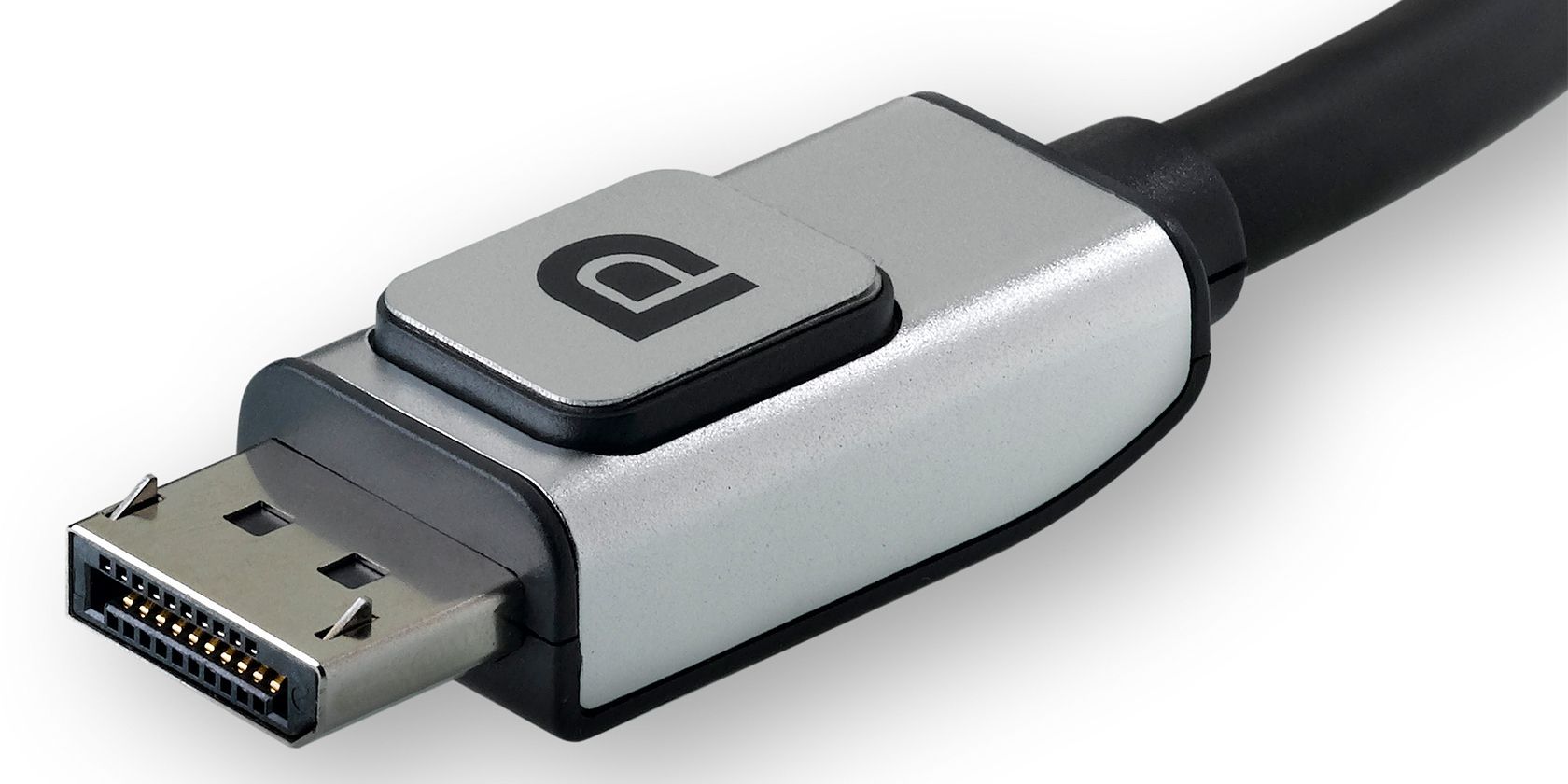Our computers, tablets, phones, and other devices can play videos using USB cables. But have you ever wondered how these video data travel through these cables and connectors? The many USB video transmission standards in the market make this possible, but how do USB video transmission differ, and which should you use?
USB Video Standards Explained
There are numerous USB standards, each delivering video with different specifications.
USB 2.0
USB 2.0 launched in 2000, with a 480 Mbps transfer rate, charging power of 500 mA, and a video resolution of up to 1080p. Meanwhile, the predecessors, USB 1.0 and 1.1, struggled with 1.5 Mbps and 12 Mbps, respectively.
The video quality you get with USB 2.0 depends on your streaming device's capability to a great extent. For instance, if you use a USB 2.0-supported regular webcam, it is unlikely you'd be able to stream better than a 480p resolution. In contrast, playing a video from an external hard drive that supports USB 2.0 can get up to compressed 1080p video quality. However, don't expect smooth video playback from a rather slow 480 Mbps compared to modern standards.
And being backward compatible, you can plug USB 1.0 and 1.1 supported devices, such as printers, mice, keyboards, etc., into USB 2.0 ports.
USB 3.0, USB 3.1, and USB 3.2
Dubbed "SuperSpeed USB," USB 3.0 was introduced in 2008 with a transfer speed of up to 5Gbps and 1080p video resolution (natively). However, for higher resolutions, you would need to use other video output options such as HDMI, DisplayPort, or Thunderbolt. It can deliver up to 900 mA at 5 volts to power-hungry devices such as printers and external hard drives, and like USB 2.0, it is also backward compatible.
Note: there's a chance that some older USB devices might not be compatible with the 3.0 ports and do not work properly. But if you mostly use modern devices, you shouldn't face such compatibility issues.
To eliminate confusion, USB 3.0 was later renamed USB 3.1 Gen 1 after USB 3.1 was released.
Launched in 2013 and tagged as "SuperSpeed USB Plus," the native USB 3.1 (now called USB 3.2 Gen 2) has a single-lane bandwidth of up to 10Gbps. It allows for the transfer of two independent data streams over the same physical cable. It supports up to 4K or higher resolution depending on the capability of the device and display being used. It can also deliver up to 100W for faster and more efficient charging for supported devices.
Lastly, the native USB 3.2, released in 2017, uses two lanes of 10 Gbps simultaneously, with a maximum transfer rate of 20 Gbps over the USB-C connector (USB-C and USB 3.x are different), a video resolution of up to 4K at 60 Hz, and support for 8K videos. It can also deliver up to 100W power to supported devices. So now we have four variants of USB 3.2:
- USB 3.2 Gen 1x1 (formerly USB 3.1 Gen 1): Maximum data transfer rate of 5 Gbps over one lane and supports 1080p video resolution over microUSB, USB-A, and USB-C.
- USB 3.2 Gen 1x2: Maximum data transfer rate of 10 Gbps over two lanes and supports 1080p+ video resolution over the USB-C only.
- USB 3.2 Gen 2x1 (formerly USB 3.1 Gen 2): Maximum data transfer rate of 10 Gbps over one lane and supports 4K and higher resolutions over microUSB, USB-A, and USB-C.
- USB 3.2 Gen 2x2: Maximum data transfer rate of 20 Gbps over two lanes, supports up to 8K resolution, and can simultaneously handle multiple high-resolution video streams over USB-C only.
All the USB 3.2 generations are backward compatible with USB 2.0.
USB 4.0
Released in 2019, USB 4.0 has a data bandwidth of up to 40 Gbps, support for DisplayPort 2.0 (8K video resolution at 60Hz), and USB-C connectors on both ends. Like its predecessors, it is backward compatible with devices with USB 2.0 ports upwards, and you can use USB 4.0 cables to connect printers, external storage devices, and other peripherals. Still, only a few devices have USB 4.0 ports.
Its most recent version, USB 4.0 Version 2.0, released in October 2022, bumps up its transfer speed to 80 Gbps bidirectionally. In addition, this version can unidirectionally transfer data at 120 Gbps while retaining other features in the base model. And USB 4 is capable of supporting multiple 4K displays at 60 Hz or a single 8K display at 60 Hz.
USB Connectors and Video Standards Explained
It's not just the USB standard that makes a difference to the type of video you can watch. The type of USB connector on the end of your cable also makes a difference to the video you can watch via USB.
USB-A, USB-B, and Micro-USB
Since 1996, USB-A has been a legacy connector, one of the most widely used in connecting peripherals to host devices. It has a rectangular connector with four pins and does not intrinsically support video display from peripherals. To stream video from another device via USB-A, you'd have to use video adapters such as USB-A to DisplayPort or USB-A to HDMI, which we will come to in a bit. Common devices you'd find USB-A ports include media players, computers (desktops or laptops), game consoles, etc.
On the other hand, USB-B, with a rectangular connector and varying pins, is less widely supported but much more versatile in connecting devices like printers. However, it is not designed to support video display in modern devices, as it typically finds use in data transfer depending on the USB port being used.
Micro-USB with five pins is much smaller and more compact than USB-A and is widely used in older mobile phones. It can support up to 480 Mbps and 1080p video resolution using the right adapter.
USB-C
USB Type-C is a thin, small USB connector with 24 pins and an oval-shaped plug end that you can insert into a receptacle in any orientation, as there is no right-side up.
Introduced to the market in August 2014, USB-C is compatible with standards from USB 2.0 ports upwards. A USB-C cable and connector can transfer data and videos as fast as 10 Gbps, support 4K and 8K video resolution, and power devices up to 100 watts. Keep in mind that while USB Type-C ports can support video display via alternate modes such as DisplayPort, not all ports support video output.
A standard USB Type-C cable has symmetrical connectors at both ends, but there are also Type C to Type A connectors for transferring videos or data over a Type-A port or powering a Type-C device. Most Android smartphones in the market now use USB Type C for both power and data transfers. Other devices that use the Type-C USB for connecting and charging include Chromebooks, laptops, Apple MacBooks, smartwatches, headphones, and earbuds.
DisplayPort
DisplayPort, launched in May 2006, is a digital video and audio interface primarily designed to connect a display device like a PC to a video source and carry other data forms like audio. In fact, it can carry more power than all the USB standards mentioned above at faster speeds.
DisplayPorts have special thin cables extending up to 50 feet with a unique connector, coming in the standard DisplayPort version or the smaller Mini DisplayPort. You can find its ports on hardware like mobile devices, TVs, laptops, high-performance graphics cards for PCs, notebooks, projectors, etc.
The video output of DisplayPort can be from a USB-C connector called DisplayPort Alt Mode. It can also support Thunderbolt, Video Graphics Array (VGA), and Digital Visual Interface (DVI). However, to use project videos from HDMI and USB 4.0 cables, you'd need an adapter to do so.
DisplayPort 1.0-1.1a can reach a max bandwidth of 10.8 Gbps with varying video resolution at different frequencies. DisplayPort 1.2 can attain a max bandwidth of 21.6Gbps with up to 4K video support at 120Hz, while DisplayPort 1.4, with a max bandwidth of 32.4 Gbps, can support 8K videos at 60Hz. However, the latest version, DisplayPort 2.0, has a bandwidth of 77.37 Gbps transfer speed across four lanes, supporting 8K and 16K video resolutions at 60 Hz.
Thunderbolt
Thunderbolt is a hardware interface that helps you connect various external peripherals and devices to a computer for data transmission. It is bidirectional and capable of simultaneously receiving and transferring audio and video data.
There are four versions of Thunderbolt: 1, 2, 3, and 4, according to their upgrade. For example, Thunderbolt 3 has a USB-C connector with a bandwidth of 40 Gbps and can supply up to 100W of power. It can only support one 4K monitor and is also compatible with USB 4. Thunderbolt 4 retains the bandwidth of Thunderbolt 3, 40 Gbps transfer speed, and can support two 4K video resolution display monitors or one 8K display.
Thunderbolt is compatible with devices like the Apple MacBook Pro, VR headsets, keyboards, and PCs. It can also charge tablets, iPhones, iPads (including the iPad Pro), Intel-powered Windows laptops, external hard drives, some desktops, and other USB-C charging-supported devices.
USB Standard Protocols Are Difficult to Keep Track Of
USB standards have ushered in a new era for data transfers like video transmission. You must have noticed the constant upgrading of the existing systems. USB 4 and USB 4 Version 2.0 are the latest installments in the USB protocol standards. USB 4 Version 2.0 can transfer data at up to 80 to 120 Gbps, and in the near future, you'll see this version trashed by something more exciting.

